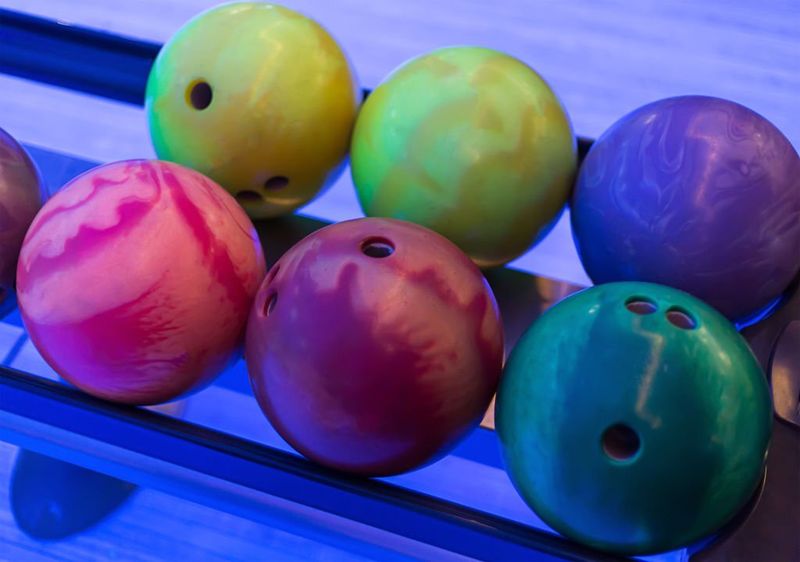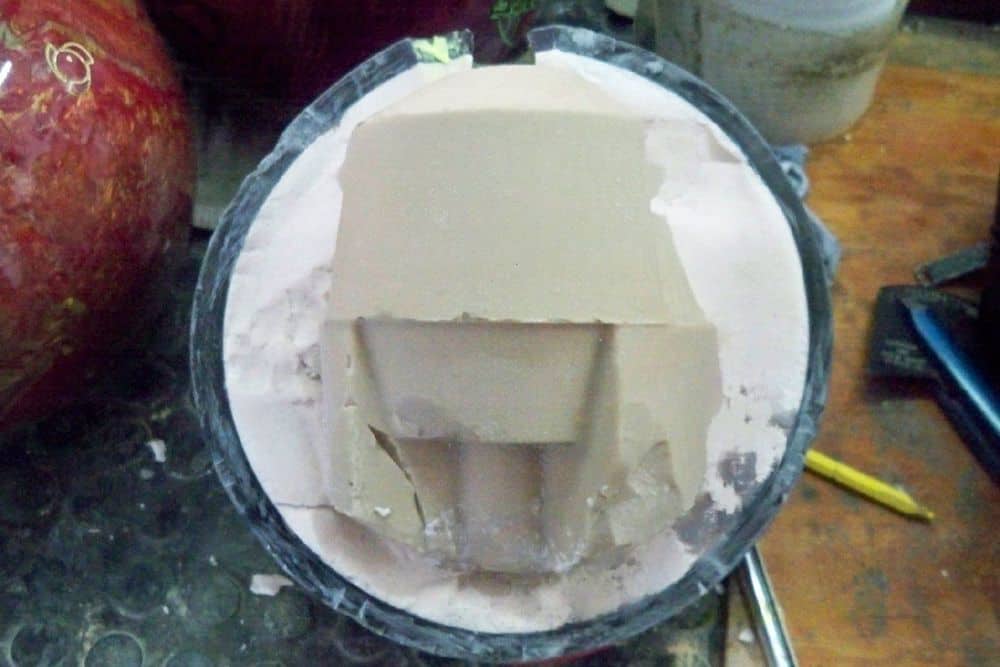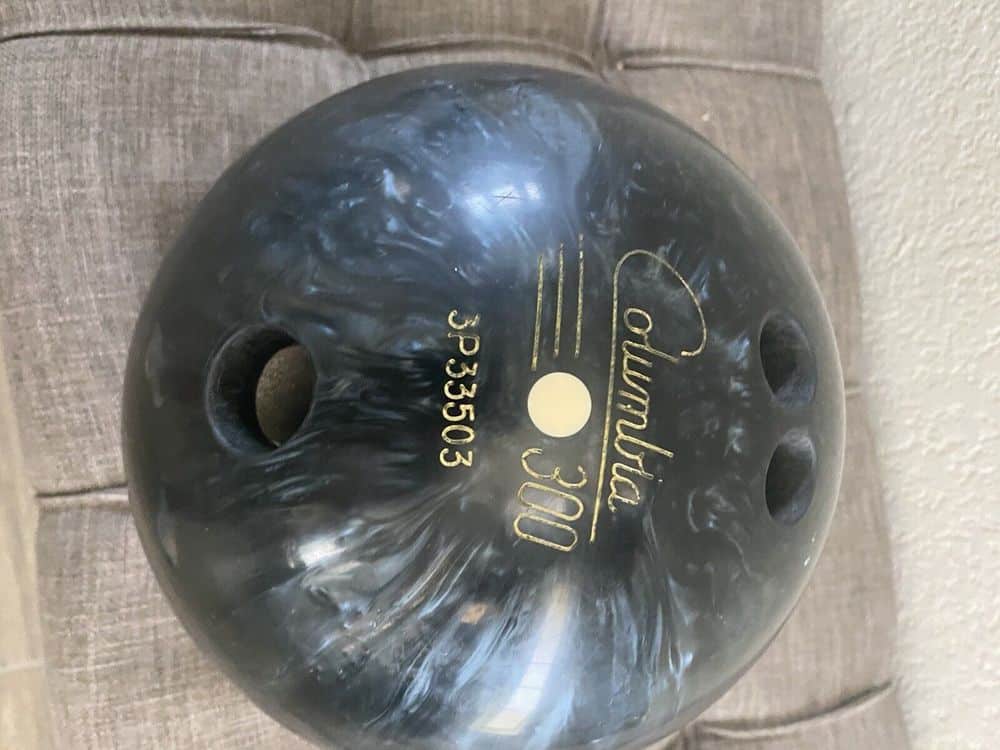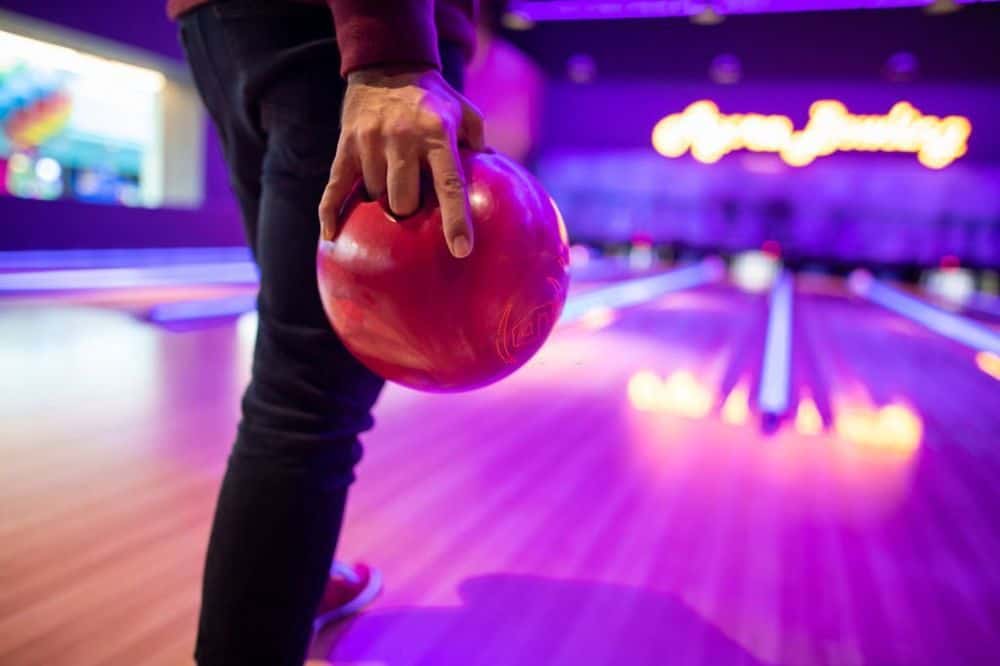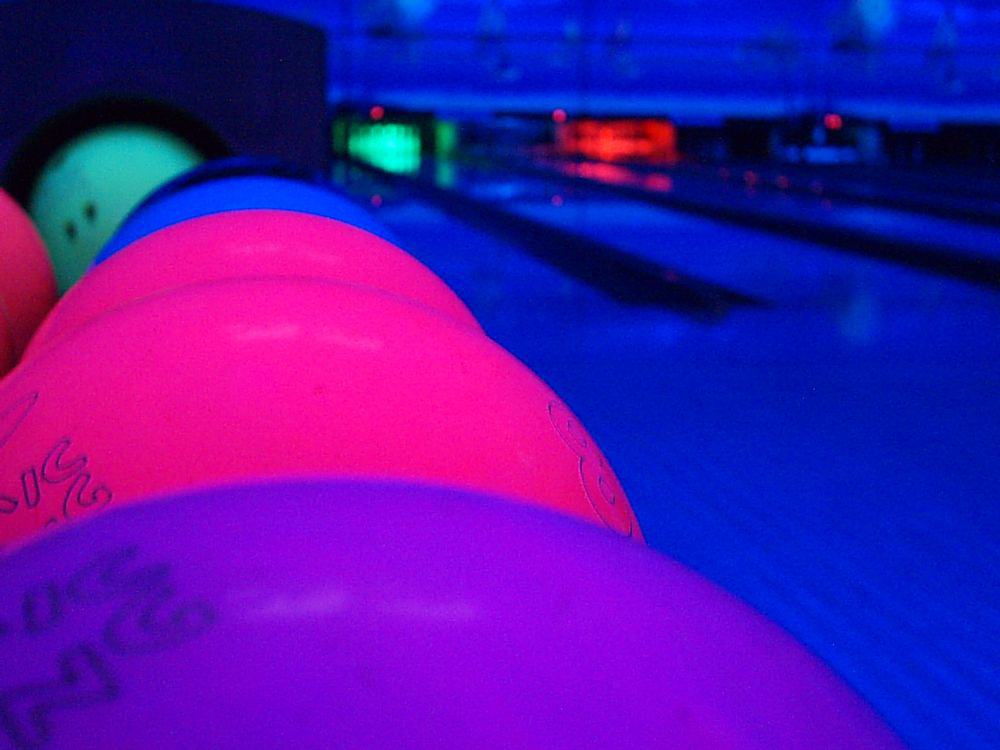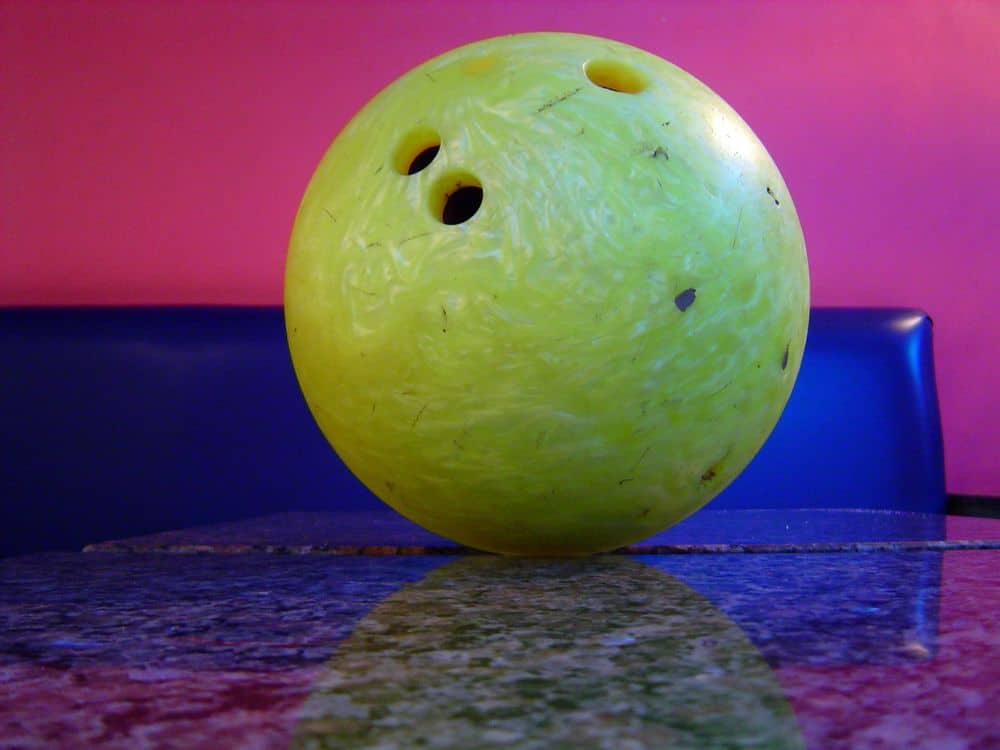Bowling ball color is a bit of a mystery. Often, the bowling alley will match your shoe color with your ball, but that’s about it.
This article sheds some light on this mysterious topic by answering some questions about how color affects bowling and whether or not it matters if you choose a certain color over another.
Does Bowling Ball Color Matter
Bowling ball colors are designed to help bowlers see the ball better and identify their own ball. Colors are also used to make the ball look more appealing to the customer.
The materials that bowling balls are made of include plastic, urethane and reactive resin. The material affects how easy or difficult it is to throw your shot.
The best fit depends on personal preference, but most people prefer plastic because they find it easier to control than other materials.
You should always consult with an expert before purchasing a new set of bowling balls so you can find out which one will work best for you!
What color are bowling balls
Bowling balls come in a variety of colors, including white, black and many more.
The reason for these different colors is to help bowlers identify their bowling ball and personalize it.
Bowlers often choose the color of their ball based on what they like or find appealing, but some bowlers also use color as a way to help them focus and play better.
Why are bowling balls different colors
Bowling ball colors are used to differentiate between different styles, types and brands of bowling balls.
The most common colors used are red, white, blue and black.
Can the material of the bowling ball change the color of the ball
No, the material of the bowling ball does not change its color.
The color of your bowling ball is determined by the finish applied to it. If you take a look at two balls made from different materials with the same finish and observe them under a microscope, you will notice that they are identical in appearance.
However, there are several factors that can cause a bowling ball’s surface finish to fade over time or become damaged by cleaning products which may lead to discoloration on one side of your bowling ball:
Damage – If your ball gets scratched on one side or dented in any area, this could result in discoloration as well (this happens because scratches can interrupt or reduce adhesion). It is important to keep scratches and dents away from areas where they might touch during play so they won’t affect grip or coverstock performance.
Storage – If you store your balls in direct sunlight for long periods of time then there is a chance that some dye will leach out onto other parts of the ball resulting in uneven coloring across its surface. Be sure not leave them outdoors under direct sunlight for extended periods!
Does Color In Bowling Balls Affect Performance
Does color matter? No.
Colors are used for marketing and aesthetics, but they do not affect ball performance.
Some colors are used to help with visibility, such as fluorescent pink and orange so that the pinsetter can see where the ball is going.
The bowler can have a different color ball than their teammates because this helps them differentiate themselves from everyone else when playing in tournaments or leagues.
Does color affect bowling ball hook
There are many myths about color, and one of the most common is that it affects the ball hook. This is not true.
A bowling ball’s hook has nothing to do with its color; it instead depends on the weight of the ball, where it sits in the oil pattern, and how well you can control your aim.
Color does not affect any other aspects of your game either: speed, reaction on impact with pins, durability, or price tag.
Conclusion
The short answer to the question is NO.
The main reason that you would want to pay attention to color when choosing a bowling ball is if you have a specific style or look in mind for your bowling ball that might be difficult to achieve otherwise.
It also might help if you’re just trying out different styles before deciding which one works best for your game.

